Communication service provider (CSP) Telenor embarked on its Asian journey in 1997, bought its first stake in Digi (Malaysia) in 1999, and have been telco change-makers in the region ever since. Celebrating its 25th year anniversary in Asia in 2022 Telenor has now resolutely moved on; entering into a new chapter by reinventing who they are and reshaping their business model – how CSPs, or ‘telcos’, are structured and run. Eyeing the industrial internet as the next growth opportunity, Telenor realised that the first step on this journey was to build partnerships for scale. This has led to its largest changes and development in Asia to date. The Norwegian provider has delivered two of the largest telecom mergers in Southeast Asia within a span of three months, creating CelcomDigi in Malaysia and True Corp. in Thailand.
Mr. Jørgen C. Arentz Rostrup, Head of Telenor Asia, has been seeing through these monumental changes. He talked to ScandAsia, just prior to his return to the Nordics to become Head of the operations there this fall.
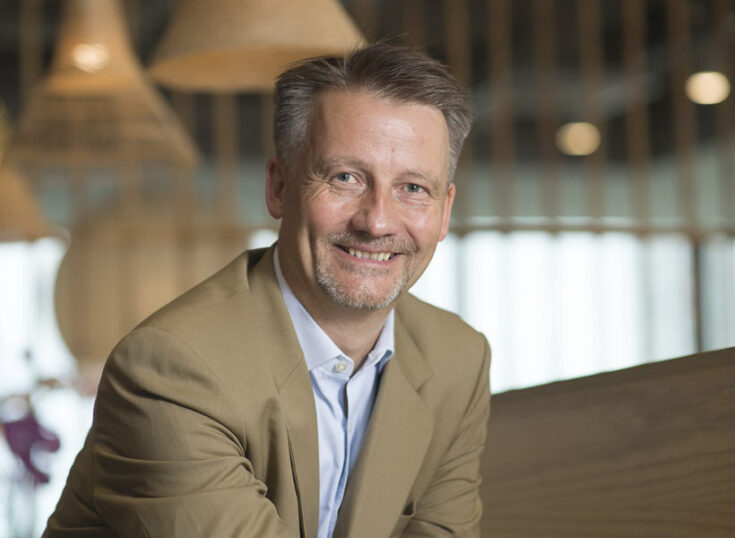
2022 also marked an organisational change for Telenor, as Telenor Asia was established as a more autonomous regional entity, headquartered in Singapore and with oversight and responsibility for the company’s operations in the region.
“Singapore is an ideal headquarters location for many companies and also for Telenor Asia, since it is well placed within our footprint and a regional home to some of the world’s largest digital giants and technology innovators. We can learn and experiment and be part of a thriving digital eco-system here. Customer needs and digital behaviours are rapidly changing and by uniting the markets in Asia under a regional set-up in Singapore meant that we can be closer to our customers and actively shape our operations for the future,” Jørgen C. Arentz Rostrup explained the new structure.
Jørgen recalled how he had been asked by Telenor Group’s CEO, Sigve Brekke (also former dtac CEO) to move to Singapore. The mission: to modernise their operations and capture opportunities in the region.
“As I arrived to Singapore in August 2020, I was excited to be living here again. For two years in the 1990s I worked in the city state in business development for Norsk Hydro. Since then, I had been following the fascinating growth story of this region. I was also familiar with Telenor’s operations and agenda in Asia. Before taking on the role to head the Asia operations, I was the CFO of Telenor Group since autumn 2016. As Asia contributed more than half of Telenor’s global service revenues, a big part of my responsibility then was to review performance and drive modernisation initiatives.”
Time to move on
“Telenor had entered Asia with a belief that mobile connectivity would benefit everyone and should be accessible to all. That belief has stood the test of time.”
Their local telco brands have provided mass-market mobile connectivity, innovative digital services, and a strong commitment to responsible business conduct. Proud of what they had achieved in the last 25 years it was however time to move on and provide connectivity not just between people, but also for billions of devices going forward. New technologies such as 5G, IoT (Internet of Things), cloud and AI have immense potential to unlock new benefits for consumers and businesses alike, according to Telenor.
“That’s why we’re reinventing who we are and reshaping our business model. We have been very good at serving the end user, but now our companies are stepping up and working with businesses and governments to take new technologies into more advanced products and services. We are entering into the industrial internet, and we believe this is the next growth opportunity for the telecom sector,” elaborated Jørgen.
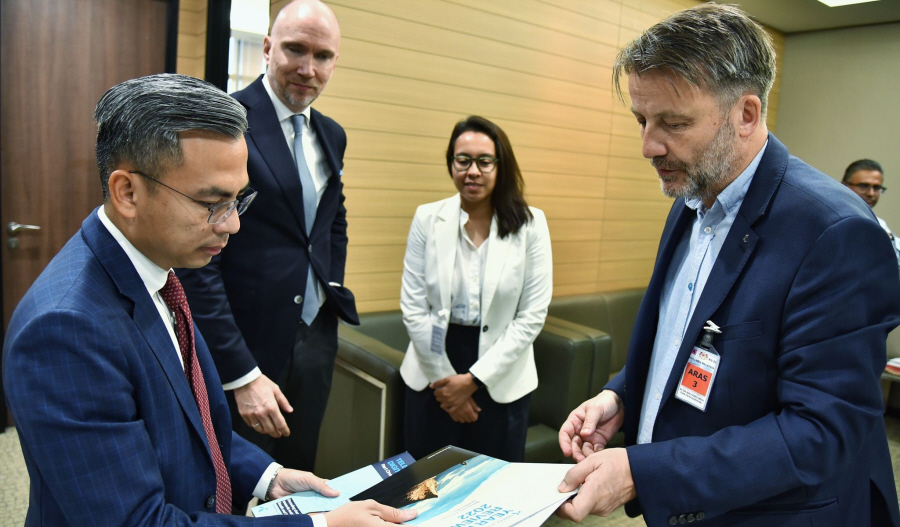
And these companies, within Southeast Asia, are now the largest players on their respective markets as a result of large mergers with what were previously Telenor’s local competitors.
“The first step on this journey was to build partnerships to get scale, improved financial capabilities and access new competencies. This is what we achieved with the recent mergers in Malaysia and Thailand, where CelcomDigi and True Corporation are now leaders.”
Commencing operations on 1 December 2022 in Malaysia, CelcomDigi is a merger of Axiata subsidiary CelcomDigi and Telenor subsidiary Digi of which Telenor and Axiata are equal owners having equal operational influence through Board representation. The parties’ purpose is to form a world-class Malaysian digital telco that will contribute significantly towards the growth of the country’s digital ecosystem and economy.
In 2023 the merger of operators True Corporation and Total Access Communication (dtac) followed, to form Thailand’s biggest mobile operator, as a telecom tech frontrunner with business operations in mobile, broadband, television and digital. The existing True Move and Dtac brands will remain in place for the next three years.
“The mergers are all about developing our business. Asia is digitalising fast, and in this rapid-paced environment smaller players will find it challenging to invest in the technologies and infrastructure that will be the backbone of digital economies and societies. To realise the full potential of digital advancements scale is key and to achieve this, consolidation is needed in several telecom markets,” the departing Head of Telenor Asia commented.
He continued: “Mergers are hard work to begin with and mergers of this size, even harder. But I strongly believe that they are needed. Merger processes allow us to evaluate everything we have done in the past and make conscious choices on what identity, culture, and way of work we want for the future. Telenor is moving from being a traditional telco to owning future-fit, telco-tech companies, so the way we operate needs to change as well. Through these mergers we can challenge everything we have done in the past and find optimal solutions for how we work to drive efficiency, attract talents and deliver more value to our customers.
New exciting chapter
The mergers are the start of a new exciting chapter for Telenor in Asia, and the Telenor of the future, which is smarter and more flexible. It will continue to explore new ways for achieving its goals and are making the necessary moves to remain in the forefront of industry development.
“We have built a good business the last 25 years on what we call the integrated telco model. This means that we owned and operated almost every part of the value chain from towers to IT systems, services, and customer interface. In the new digital landscape, it is becoming harder to create value through the integrated model, as each part of the value chain is being challenged by both telco and non-telco players. The good news is that our digital assets and capabilities are needed more than ever, but we need to make some changes and rethink the value creation formula.”
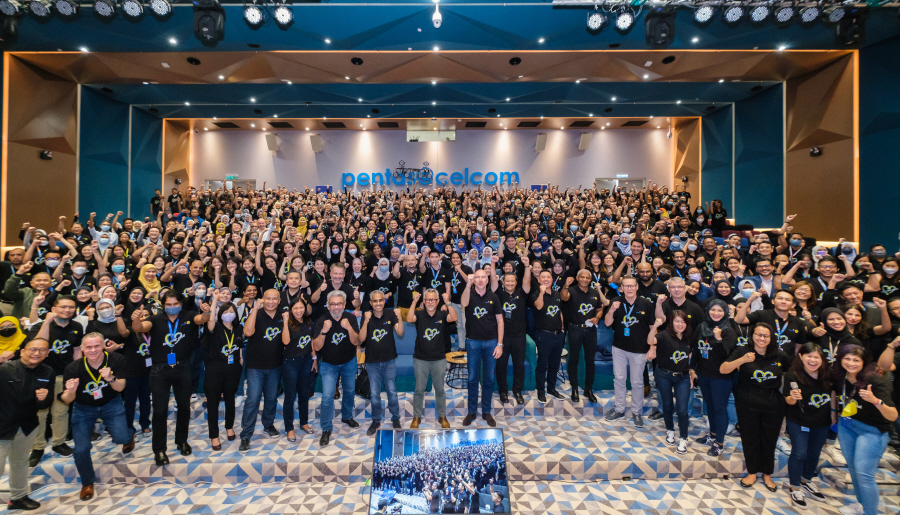
At Telenor they will strive to be not just ahead of the curve but reinvent the way telcos are structured and run. Jørgen takes Malaysia as example of how Telenor is adapting to the future; where CelcomDigi historically has been strong in the public sector while Digi has good traction with SMEs. The new CelcomDigi is positioned as a strong local player with a deep focus on technology.
“With the merger, the enterprise customer base has broadened and now the combined teams bring their expertise together to serve all CelcomDigi’s customers better. They are talking about how to move up in the value chain, creating enterprise solution suites for industries such as health, oil & gas, ports etc.”
“Instead of being a telco with just connectivity services, they are building new solutions based on 5G, AI, IoT, as a technology company. It is still early days, but we are excited by the possibilities the company can achieve,” he added.
With CelcomDigi, the ambition is to leverage the strengths of both companies to broaden product offerings and serve a wider base of customers.
“I’m encouraged by the progress we have witnessed so far. It will take time and require lots of engagement from all parties involved to become a fully digital company.”
In Thailand, meanwhile, the merger gives Telenor access to new business segments on the market: broadband and TV distribution, where True Corporation becomes a telecom tech frontrunner.
“The combined company has more than 56 million customers and is positioned to be a real challenger. And with True Digital we are securing a leading role in Thailand’s digital ecosystem. Again, immense potential for the company to have huge positive impact but this will require patience, guidance and engagement from us in Telenor and our partners,” stated Jørgen.
One consequence of the mergers is that there are overlaps, so a big focus of the integration process is to combine the networks. As of August, CelcomDigi had completed 60% of its network integration and modernisation plans for 2023. It has also started modernising the existing 4G network with the latest LTE and 5G-ready technologies.
“These efforts have uplifted the overall network experience for its customers and post-consolidation, they now enjoy wider coverage, increased download and upload speeds.”
Telenor is focused on the synergy effects from the mergers where it has estimated its share of the combined synergies from Malaysia and Thailand at around NOK 20-25 billion.
“The largest part of synergies comes from better run network and IT infrastructure. Simply put, by combining networks, we can invest in one network instead of two, while maintaining wide coverage and strong quality. With scale, we can also reap synergies from more efficient marketing, coordination of sales and distribution and procurement processes.”
Enabler for the industrial internet: 5G
As for 5G, Malaysia has made the bold move of commissioning a nation-wide 5G network. This is making the country a leader and test-bed for 5G services.
According to a Ericsson Mobility Report, Fixed Wireless Access (FWA) is one of the major early 5G use cases, particularly in regions with unserved or underserved broadband markets. Thailand and Malaysia are countries with relatively lower broadband penetration outside the big cities, and FWA can be a cost-efficient and flexible alternative.
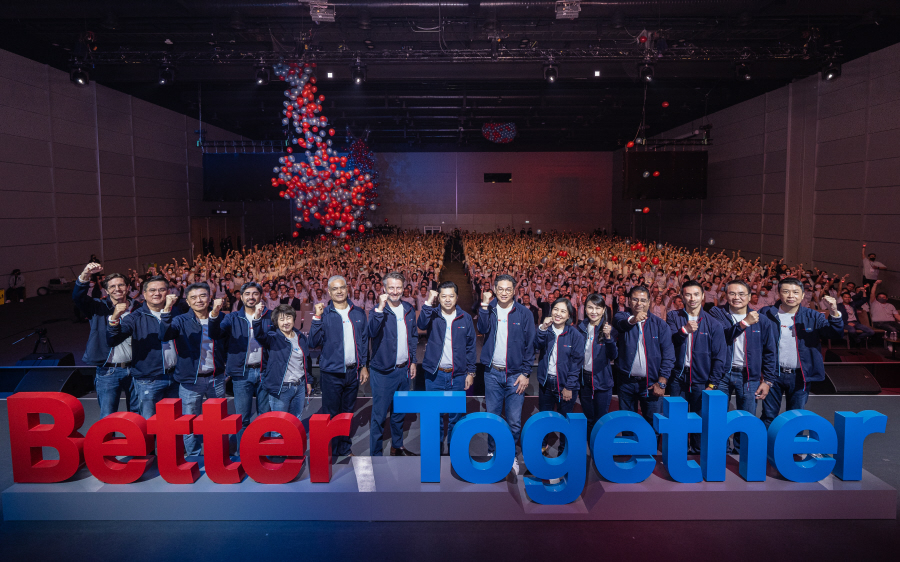
“Instead of laying miles and miles of fibre to connect single homes, fixed wireless uses wireless technologies to cover the last mile to the customer and can therefore be used as an alternative to wired broadband. With 5G, FWA can provide bandwidth capacity comparable to fiber optics,” Jørgen explained.
“Telenor is working with its partners to evaluate different technologies and identify appropriate solutions, however it is for CelcomDigi and True Corporation to decide on which technologies & 5G use cases are best suited for their respective markets.”
“For consumers, 5G will provide ultra-fast speeds and low latency to enjoy high quality video streaming and mobile gaming. However, 5G is not just for you and me to watch more Netflix. The full power of 5G is unleashed when it is used by businesses and governments and for connecting devices and machines to other devices. A 2022 report from Telenor IoT estimates that there will be close to 40 billion IoT connected devices in APAC within 2030, most of these devices will need low latency provided by 5G to be effective,” commented Jørgen.
5G’s true potential is as an enabler for the industrial internet, where traffic management, automation of industries and digital advancements in education, payments, and health are some of the examples.
“Telenor is working together with partners on several pilot projects using new technology across Asia. In Malaysia we have supported offshore digital transformation, port operations monitoring, and fleet tracking. In Thailand we have pilot projects within the agriculture industry, energy sector and automotive manufacturing.”
In one of its Asian markets reports, Telenor’s APAC IoT report not only points to how IoT solutions are revamping traditional ways of getting things done in the automotive, logistics and energy sectors, but it specifically highlights energy efficiency and waste management are two major reasons why companies in Asia are adopting IoT.
Jørgen exemplified: “Waste management is probably not the first thing that comes to mind when one thinks of IoT. However, from collection to processing and disposal, waste management is one of the most important services for any local council or authority and remains a major challenge affecting many cities in Asia.IoT interestingly can play a key role with smart waste solutions and sensor-equipped waste stations that communicate real-time status using IoT connectivity provided by Telenor IoT. As a result, trash collection can be prioritized by monitoring the level of waste in connected trashcans rather than relying exclusively on a rigid schedule.”
Looking back
“The recent years have been the most hectic period ever in my career. We delivered two of the largest telecom mergers in Southeast Asia within a span of three months. It was a mammoth task, involving many, but I truly believe that it was a great opportunity to be part of something big enough to make positive change happen – for employees, customers, businesses and society,” Jørgen reflected on his tenure as Head of Telenor Asia.
“Completing these historic mergers were just the first step. As I pass the baton to my good colleague Petter-Børre Furberg, he and the Telenor Asia team will ensure the successful implementation of the two mergers as well as continue to develop Telenor’s business in the region.”
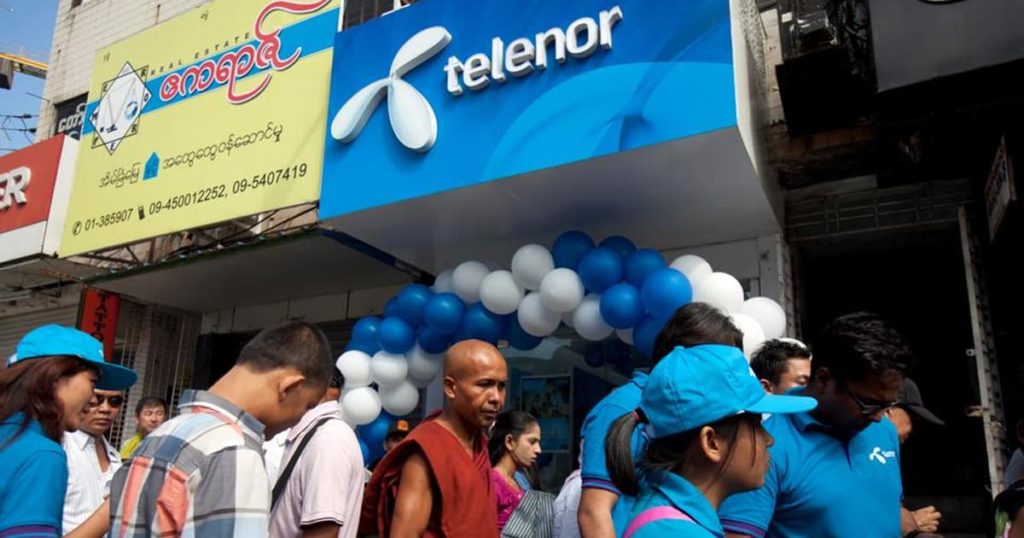
One market that did not go according to plan for Telenor is however Myanmar (Burma).
“Telenor’s exit from Myanmar remains one of the hardest challenges I, along with those working on the project, have ever faced – professionally and personally. From the very beginning we put the safety of our people first, in every decision, and that ultimately made it impossible for Telenor to continue operating in the country. As things stand for now, we have no plans to return to the market.”
“Sadly, there will never be a perfect playbook to handle a crisis of the scale and complexity that we faced in Myanmar, but there are many lessons learned for Telenor. We did our best to navigate an ever-changing and complex situation and have identified areas that can be improved. Based on this, changes are being made to our approach to sensitive business and human rights dilemmas going forward,” concluded Jørgen.

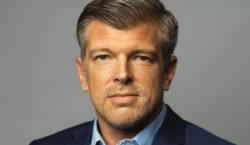


One Comment on “Another exciting chapter for Telenor in Asia has begun: two monumental mergers landed to reshape the business”